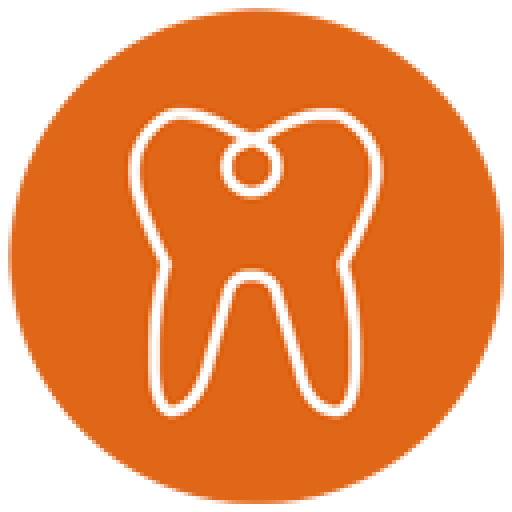The dental hygienist
The mouth is a very important part of the face and therefore stands out immediately. It is nice to be able to laugh and talk without worrying about bad breath, a foul taste in the mouth, or tarnish on the teeth. Moreover, a healthy mouth is very important for preserving your teeth. Inflamed gums can unknowingly lead to irreparable damage to your teeth and even the loss of teeth.
In any case, it is important to see the dental hygienist(s) if you suffer from:
– Sore gums,
– Bleeding gums (especially when brushing),
– Dirty taste and bad breath,
– Detached or movable teeth,
– Red and swollen gums,
– Gum recession,
– Shame due to oral problems.
What does the dental hygienist(s) do?
Exactly what the dental hygienist does and how much time it takes depends, of course, on the nature and severity of the problem. You will first meet and receive education. He will ask questions important to oral health.
He also does a mouth examination. Depending on the severity and nature of the problem, a parostatus is made. On this, the condition of your gums is accurately described and tracked in treatment. With this information, a treatment plan will be created and discussed with you.
In our practice, the dentist often removes tartar himself during the periodic checkup, if it is of small quantity. If the amount is large and the location (tartar can also be under the gums) of the tartar is difficult to reach, patients are referred to the dental hygienist. He takes the time to accurately remove all tartar.
This may require the patient to return once if tartar has not been removed for some time, and it is not possible to clean the mouth in one session. Also, if during a periodic checkup it is noticed that the patient’s oral hygiene is so poor, a patient is referred to the dental hygienist for thorough instruction. Indeed, being able to keep the mouth clean at home is an important preventive matter. After all, prevention is better than cure!
In our practice, paro protocols are performed by the dental hygienist and your attending dentist. The partnership goes as follows:
-If diagnosed with periodontitis (inflamed gums and pocket formation around the teeth) by your dentist or dental hygienist, you will be referred for an appointment with the dental hygienist to have a periodontal status and x-rays taken.
-After analysis by dental hygienist and dentist, a treatment plan is created.
-Your dentist will treat you as soon as possible after the measurements. This involves cleaning your teeth in one or more appointments, depending on the severity of the situation. All pathogenic bacteria are then removed.
-Shortly thereafter, a monitoring appointment follows.
-After this, you will enter the aftercare protocol, which means making appointments for over a year after treatment to keep the situation under control .
-Depending on the healing result after the protocol, if the result is positive, you will return to semi-annual care with the dental hygienist. A less positive result will be re-diagnosed, and treated accordingly.
What does the dental hygienist expect from you?
Treatment alone is not enough. Regular maintenance is necessary, just as you should brush to prevent cavities. You must keep up with care at home. Specifically, this means brushing twice a day and cleaning once between your teeth. There are many different oral care products for sale. The dental hygienist will tell you which ones are right for you and how to use them. You are expected to keep up with your care at home and return for follow-up care after treatment. Only then will you achieve optimal results. In addition, your dietary habits affect your teeth and gums. The dental hygienist will tell you how to keep your mouth healthy through healthy eating.
Inflamed Gums
How do I tell when my gums are inflamed?
Red, swollen or bleeding gums are usually the first symptoms. The entire gum tissue can be inflamed, but the inflammation can also occur locally, such as between two teeth. Inflamed gums are sometimes accompanied by a foul taste or bad breath, but rarely hurt. It can be sensitive to touch, though. You will notice this when you use toothpicks, brushes or floss thread.
What is the cause of inflamed gums?
The main culprit is dental plaque located along the edge of the gums and between the teeth. If you do not remove dental plaque properly, the bacteria in the plaque cause the gums to become inflamed. Plaque that is not removed becomes hard and calcifies into tartar. New plaque easily adheres to tartar. As a result, the gums become increasingly inflamed. A useful tool for visualizing dental plaque is a plaque indicator. This is a chewable tablet with dye that colors the dental plaque on the teeth. Inflamed gums will only heal if you brush your teeth with extra care. That means: in addition to brushing twice daily, once a day carefully remove all plaque between the teeth. You can use toothpicks, brushes or floss thread for this purpose. If you still have gum disease despite good oral hygiene, consult your dentist or dental hygienist. Do you have questions about gum disease? The dentist or dental hygienist is happy to answer them. In addition, they tell you how to address the causes. If you do not manage to maintain good oral hygiene, you can ask the dentist or dental hygienist to guide you in this regard.
